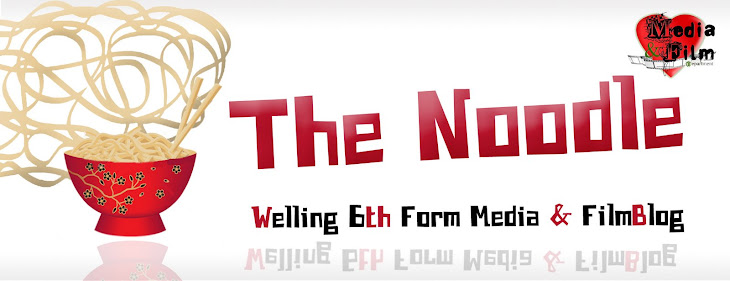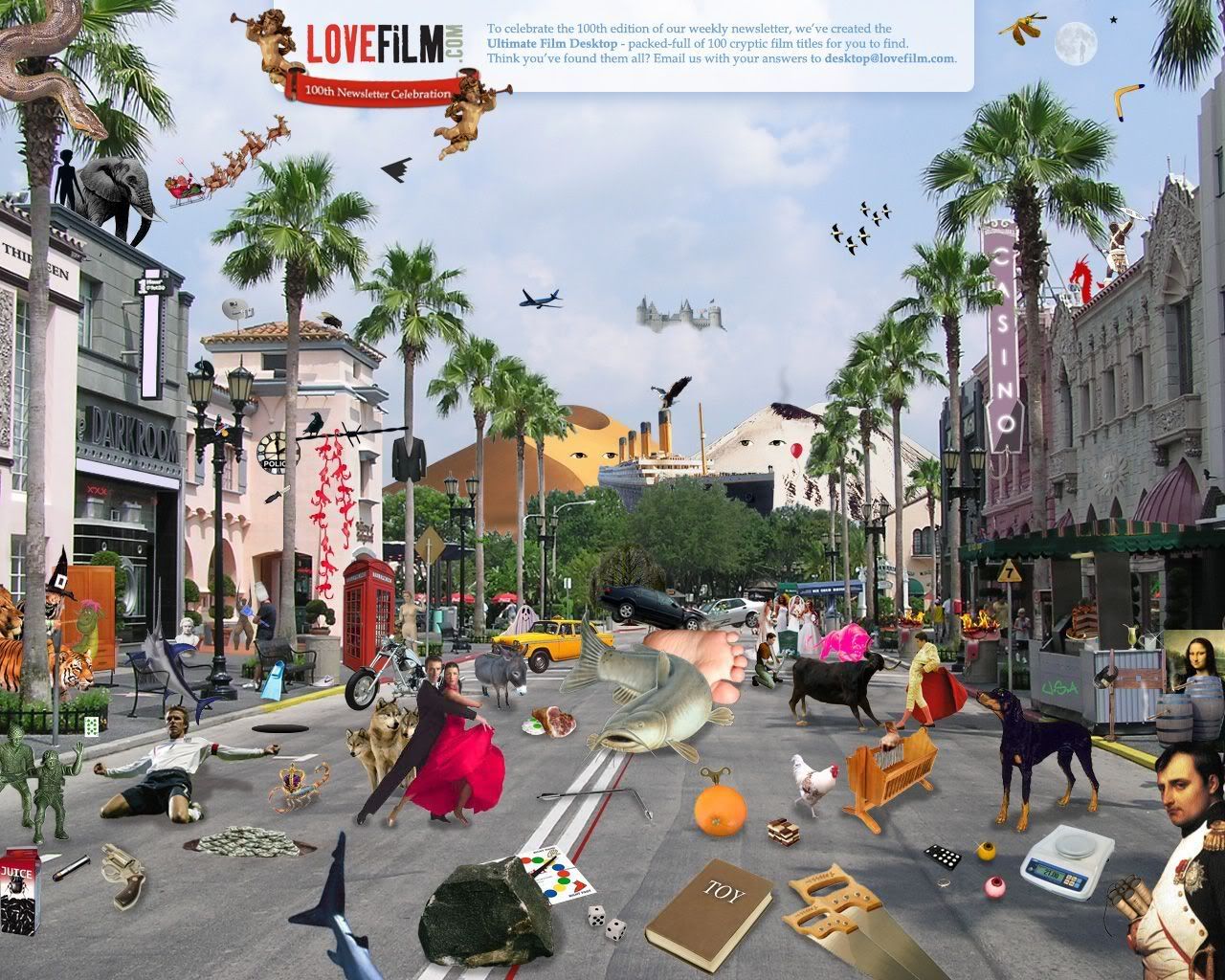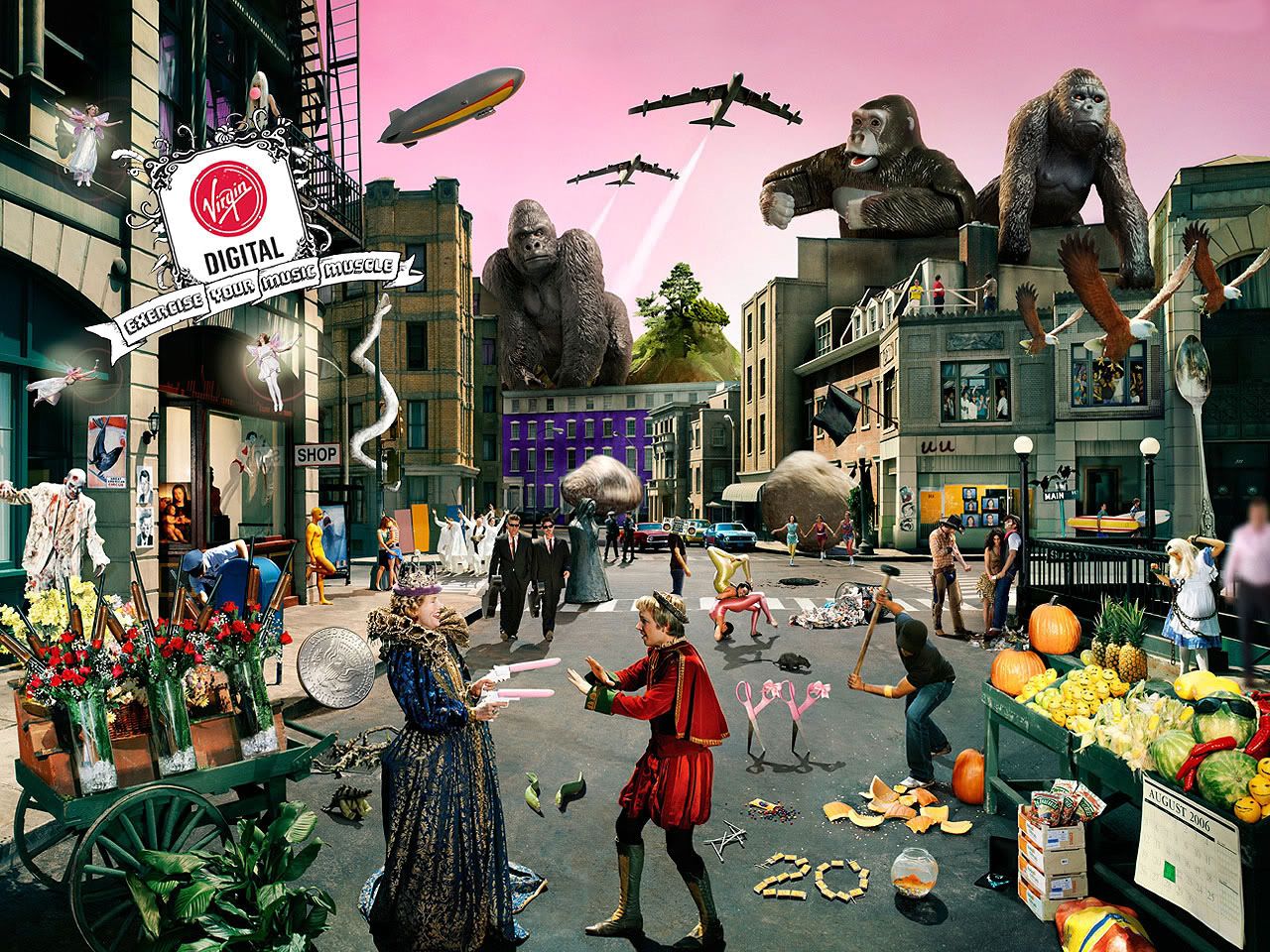1 REDISCOVERING FILM STUDIES: SOME FRESH STARTING POINTS
History and historiography
1. Consider your own collections of films – or those of someone you know. What kinds of story/history can be constructed from the inter-connections between them?
2. Take three still images from different films that are important to you. Explore in each case some of the ways in which the image has a resonance for you.
3. Take all three images and put them side by side. Explore some of the ways they begin to ‘talk’ to each other.
In doing each of the above, what do you discover about single film images?
The document in time
1. Compare the two images Plate 1.1 (a) from The Grapes of Wrath on p. 000 of the fourth edition of Introduction to Film Studies with Plate 1.1 (b) from the FSA collection.
2. Account for how similar/different is your response to each. In relation to these responses, what do you understand by the ‘poetics of presence’?
3. Consider a film you know well which plays on the sense of time which escapes that of chronological ‘clock’ time. How does the film communicate this?
4. Consider a film from the past as you respond to it in the present. How do reflections on time alter the way you respond to the images on the screen?
5. Is it useful to make a distinction between films that are rooted in the ‘movement image’ and others that are rooted in the ‘time image’?
Performance:
1. Consider these statements:
Film cannot be defined precisely as a ‘told’ medium and neither can it be defined entirely as an ‘enacted’ medium.
Film is not past tense, but neither is it present tense.
How do we experience film?
2. What are some of the differences between watching people in a documentary as opposed to in a fiction film? Are there any similarities?
3. Think of a film that stimulates the effect of a ‘live’ performance. Do you react in a particular way to this film?
4. When we watch the moving image work which has no obvious narrative purpose, such as the Bill Viola work described in chapter 1 (p. 15-16), or the work of Gustav Deutsch described earlier in chapter 1 (pp. 4-5), what do we do as spectators?
2 THE INDUSTRIAL CONTEXTS OF FILM PRODUCTION
1. Does film censorship reflect or impose standards?
2. Taking the studio era blockbuster Gone with the Wind (1939) as a case study, would you consider the film entirely in keeping with the spirit of the Production Code? [PREFER QUESTION ON CASE STUDY GLADIATOR OR NEW MATERIAL PLEASE]
3. Does the BBFC underestimate the maturity of young audiences in the UK?
3 FILM FORM AND NARRATIVE
1. Compare and contrast any film that you feel is ‘mainstream’ and an ‘alternative’ text. Why do you think these films differ? Look carefully at the ways in which the ‘story’ is told. How far does each text use ‘classical narrative’, and how far, and in what ways, does it reject it?
2. Contemporary cinema is constantly changing. Try and define what now might be meant by ‘counter-cinema’ or ‘art cinema’. How does this differ from your understanding of ‘mainstream’ Hollywood cinema? How might these terms have changed in meaning – try and look at some aspects of the history of cinema to make your evaluation.
4 APPROACHES TO CINEMATIC AUTHORSHIP
1. Choose a director and watch a sample of his or her films. Note any consistencies of style and/or theme that occur across more than one film. Can you detect a ‘personal statement’ or ‘worldview’ in the films?
2. Having completed ( 1), list who else involved in the production of those films has contributed to their look, feel and meaning? In what ways is it meaningful or useful to describe the director as the author of those films? Are they authored by multiple people, or do you think that it is not worthwhile pursuing the question of authorship in relation to those films?
3. Increasinly films are being re-released as ‘Director’s Cut’ versions. How does the notion of the director’s cut relate to the idea of film authorship in terms of both art and commerce?
4. Explore the notion of ‘corporate authorship’ in relation to Disney or PIXAR. To what extent do their corporate brand names also mark out distinctive stylistic practices? Does the same apply for, say, Universal or Dreamworks?
5. When released on DVD an increasing number of films contain a ‘Director’s Commentary’ as part of their ‘Special Features’. After initially watching the film, watch it again while listening to the Director’s Commentary and explore the extent to which his or her explanation of the film’s thematic and stylistic features:
(a) reinforces your own reading of the film
(b) alters your opinion about the significance and meaning of the film.
5 GENRE THEORY AND HOLLYWOOD CINEMA
1. Read the section on ‘Genre as taxonomy’ on pp 112-117. In what ways does a consideration of animation problematise the notion of film genre? Is animation a genre in itself, or is it possible to draw generic distinctions between different animated films?
2. Likewise, try and list some of the difficulties and problems associated with grouping all non-fiction films together under the singular generic label, ‘documentary’.
3. Look at the Table 5.1 on p. 114. Video stores routinely employ categories such as ‘Family’, ‘Romance’. ‘Drama’ and ‘Kids’ to organise their titles. Is it possible to place these categories alongside those listed in Table 5.1?
Table 5.1 doesn’t list the ‘Biopic’. Where would you place it? Can you fit it into more than one category?
4. Read the section on ‘Genre as economic strategy’ on pp 117-119. If you were to invest in a movie, which genre of filmmaking would you choose in order to offset the financial risk and hopefully make a profit? Who would you want to star in it? List five things that would have to occur in the movie in order for you to sign the cheque. Also, what other merchandising products or tie-ins would you sanction in order to promote your film?
5. After reading the section on ‘Rethinking genre’ on pp. 124-6:
Choose a film to see at the cinema and before watching it:
(a) Describe why you chose the film that you did and consider the way your own taste in movies might relate to particular genres.
(b) Describe what you expect to happen in the film; where you expect the action to be set; what props are likely to be present; and how you think the film will end?
(c) Investigate how notions of genre are used in the promotion and marketing of the film. These can range from the film poster, trailers, TV spots, product tie-ins, soundtrack CDs, and so forth. How do these strategies use generic codes to pre-sell the movie to you?
6. After watching the film:
(a) Explore how closely your answer to (b) relates to what actually happened in the film. To what extent does the movie’s genre foreclose narrative possibilities and guarantee certain pleasures?
(b) Make a list of all the films, TV programmes, pop videos, etc. that the film prompted you to think of while watching it. Did it quote, copy, resemble or allude to any other films and texts?
(c) Consider the range of genres present in the film and how they were manifested. How did the film ‘play’ with generic conventio
Postmodernism in music video
8 years ago








No comments:
Post a Comment